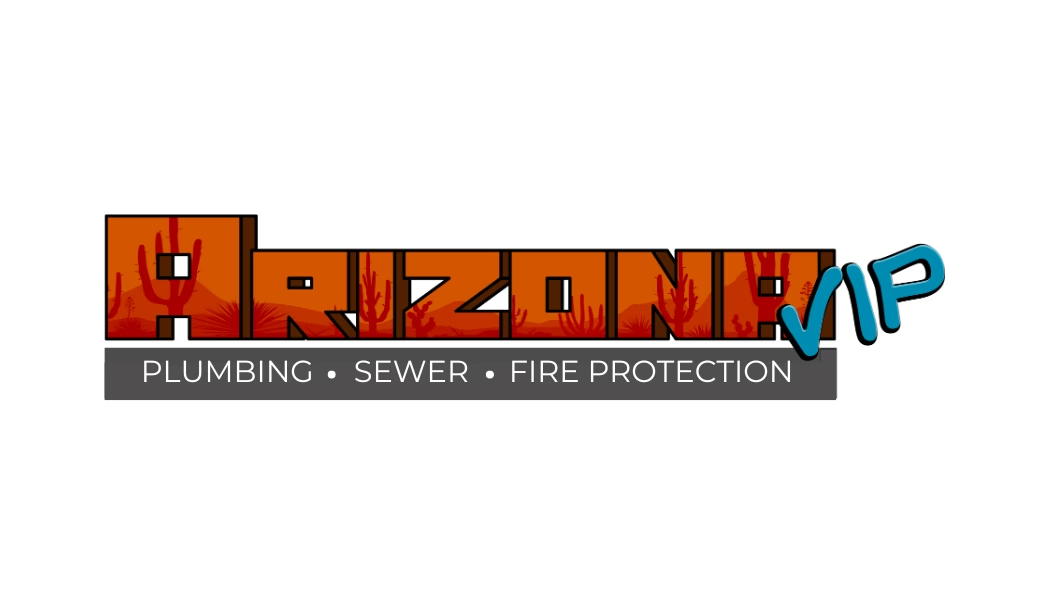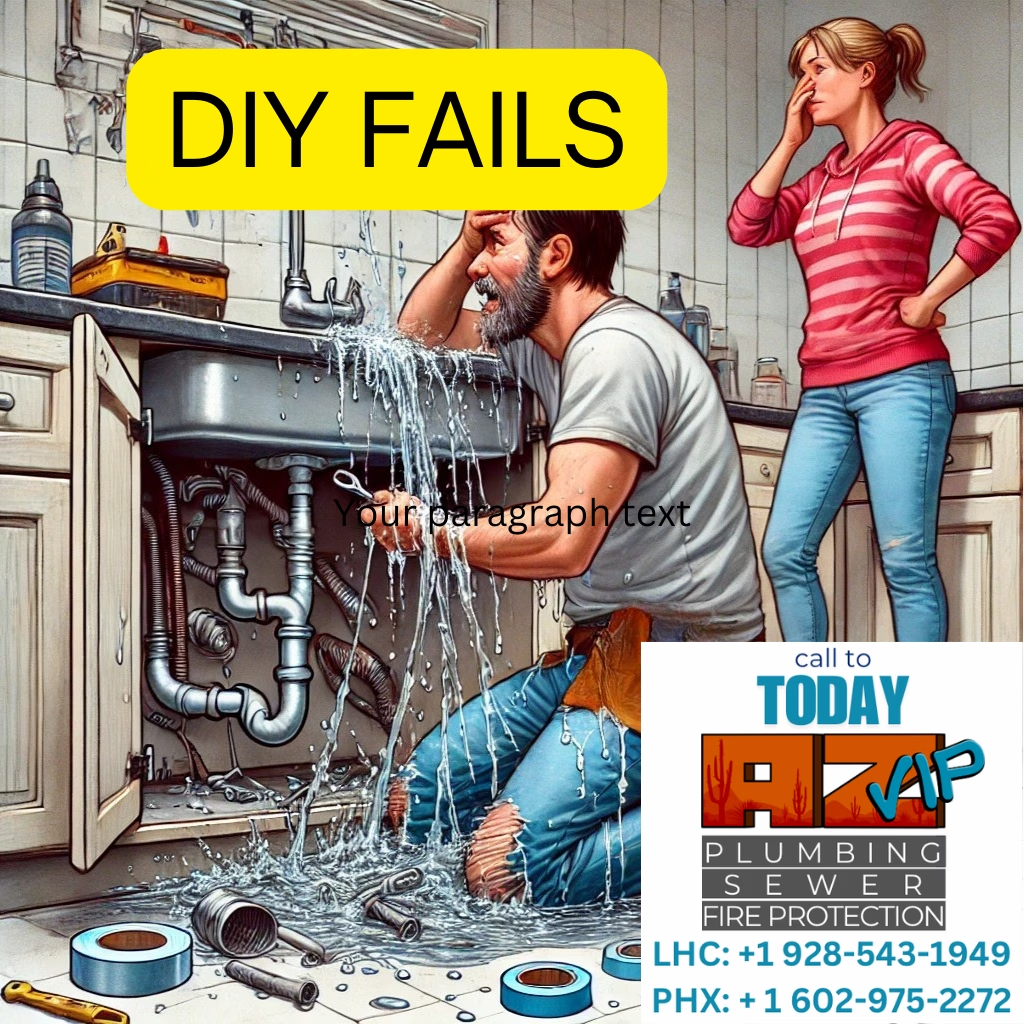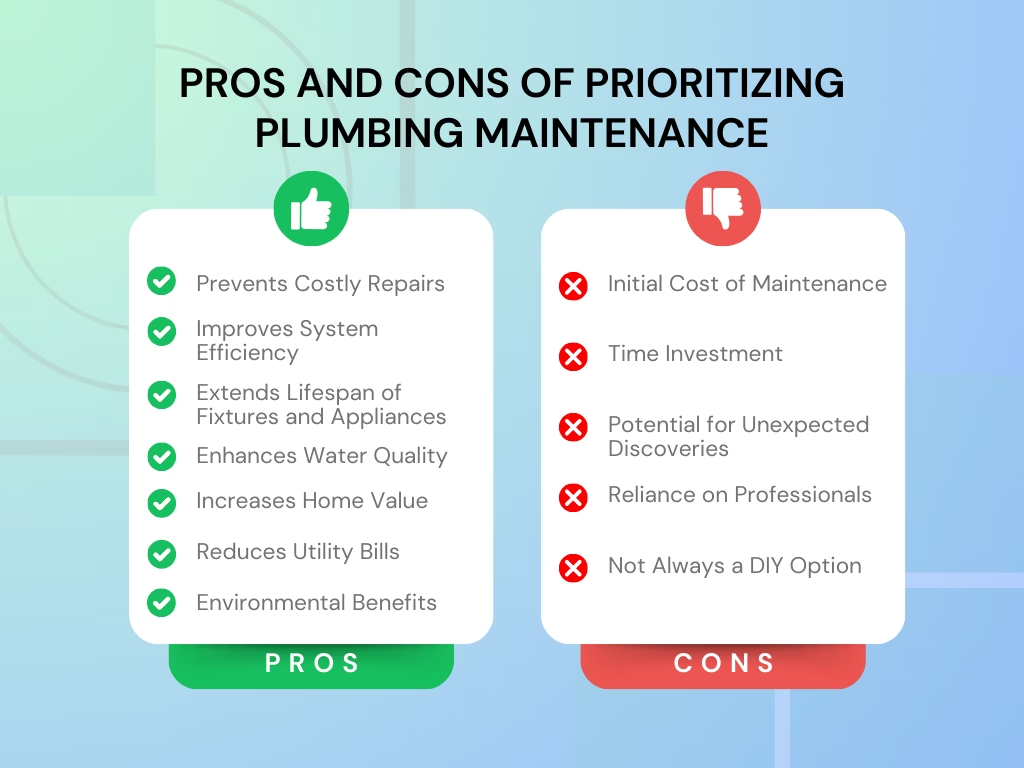DIY Plumbing Mistakes: Costly Repairs, Water Damage, and When to Call a Professional Plumber
The Hidden Costs of DIY Plumbing Repairs: Why Professional Expertise Matters
Embarking on do-it-yourself (DIY) plumbing projects may seem like a cost-effective solution; however, without proper expertise, these endeavors can lead to significant expenses over time. Common mistakes made during DIY plumbing repairs can result in extensive damage, inefficiencies, and costly professional interventions. A study by HomeAdvisor found that 63% of homeowners who attempted DIY plumbing repairs ended up hiring a professional to fix their mistakes, often at a higher cost than if they had consulted a plumber initially. Understanding the risks and financial implications can help homeowners make informed decisions about whether to tackle a plumbing issue themselves or seek professional assistance.
1. Common DIY Plumbing Mistakes
Even minor mistakes in plumbing can escalate into larger issues. Here are some frequent errors that can lead to costly repairs:
Mismatched Pipes or Connections
Using incompatible materials, such as connecting copper to galvanized steel without proper fittings, can accelerate corrosion, leading to leaks and pipe degradation. Corrosion not only weakens the plumbing system but can also contaminate water supply over time.
Improper Use of Thread Tape
Teflon tape, also known as plumber’s tape, must be applied correctly to prevent leaks. Wrapping the tape in the wrong direction or using the incorrect type for specific applications can result in loose fittings and water seepage.
Overtightening Connections
Many DIYers assume that tighter is better when it comes to plumbing fittings. However, excessive tightening can crack pipes, fittings, and even toilet bolts, leading to leaks or structural damage that requires extensive repair.
Neglecting to Turn Off Water Supply
A simple oversight, such as failing to shut off the water before performing a repair, can quickly turn into a flooding disaster. Water damage from flooding can affect walls, floors, electrical systems, and even lead to mold growth, compounding repair costs significantly.
Incorrect Installation of Fixtures
Installing fixtures such as toilets, sinks, or faucets incorrectly can result in improper drainage, leaks, and water waste. Inadequate sealing or incorrect mounting may cause gradual water damage that remains unnoticed until significant issues arise.
Misuse of Chemical Drain Cleaners
While chemical drain cleaners may offer a quick fix for clogs, they can also corrode pipes over time, leading to weakened plumbing and costly replacements. Additionally, improper handling of these chemicals poses health risks.
2. Financial Implications of DIY Errors
Trying to tackle plumbing repairs without the proper expertise can result in unexpected costs that often surpass the initial savings of a DIY approach. According to Angi.com, many homeowners are unaware of the true costs involved in properly executed plumbing repairs by a licensed, bonded, and professional plumbing company. In the end, you get what you pay for.
Increased Repair Costs
Simple mistakes can lead to more severe plumbing issues that require professional intervention. What may have been a minor fix can escalate into pipe replacements or extensive water damage restoration, costing significantly more than an initial professional repair.
Water Damage and Mold Remediation
Leaks and flooding caused by DIY mistakes can lead to structural damage in homes. Water seeping into walls and floors creates an ideal environment for mold growth, which not only requires costly remediation but can also pose health risks to occupants.
Higher Utility Bills
Faulty DIY repairs, such as improperly installed fixtures or unnoticed leaks, can lead to increased water consumption and higher utility bills over time. Even small leaks can add up to hundreds of gallons of wasted water each month.
Homeowner’s Insurance Claims and Policy Impact
Significant water damage from DIY errors may necessitate filing an insurance claim. However, some policies do not cover damages resulting from unlicensed repairs, and frequent claims can lead to increased premiums or policy cancellations.
3. When to Consult a Professional
Recognizing the limits of DIY skills is essential to maintaining the integrity of a home’s plumbing system. While minor tasks such as replacing a faucet washer may be manageable, more complex issues require professional expertise.
Complex Installations and Code Compliance
Installing new plumbing systems, water heaters, or backflow prevention devices requires knowledge of local building codes and safety standards. Improper installations may not only result in malfunctioning systems but can also lead to fines or violations if they do not meet regulatory requirements.
Persistent or Recurring Plumbing Issues
Frequent clogs, low water pressure, or recurring leaks may indicate underlying plumbing system failures that need expert diagnosis. A professional plumber can assess and resolve the root cause rather than just addressing surface-level symptoms.
Sewer Line and Major Pipe Repairs
Sewer line issues, burst pipes, and major plumbing leaks should never be handled as DIY projects. These repairs require specialized tools, materials, and expertise to ensure proper functionality and prevent future complications.
Gas Line Work
Any plumbing work involving gas lines should always be handled by a licensed professional. Gas leaks pose serious health and safety hazards, including fire risks and carbon monoxide poisoning.
🏆 Final Recommendations for DIY Plumbing Repairs
🔧 1. Use Compatible Materials
Avoid mismatched pipes (e.g., copper to galvanized steel) to prevent corrosion and leaks that could weaken your plumbing system.
🛑 2. Don’t Overtighten Fittings
Excessive tightening can crack pipes, fittings, and toilet bolts, leading to leaks and costly repairs.
🚰 3. Always Shut Off the Water Supply
Forgetting to turn off the water before repairs can result in flooding and water damage, increasing cleanup costs.
💰 4. Consider the Long-Term Costs
DIY mistakes often lead to higher repair costs, increased utility bills, and potential insurance claims, making professional services a more cost-effective choice.
👨🔧 5. Know When to Call a Professional
For complex plumbing installations, persistent leaks, or sewer line issues, hiring a licensed plumber ensures compliance with local codes and prevents costly errors.
These key takeaways help homeowners avoid unnecessary expenses and protect their property from plumbing disasters! 🚿💦
Conclusion: The Value of Professional Plumbing Services
While DIY projects can be fulfilling and cost-effective for certain home repairs, plumbing is an area where expertise matters significantly. Attempting complex tasks without proper knowledge can lead to costly mistakes, property damage, and potential safety risks. Consulting a licensed plumber ensures the job is done correctly, safeguarding both the home and the homeowner’s financial well-being. Investing in professional plumbing services not only provides peace of mind but also helps prevent future costly repairs, ultimately saving time and money in the long run.
*This article is for illustrative purposes only and it is recommended you have a licensed professional plumber complete the necessary work.



